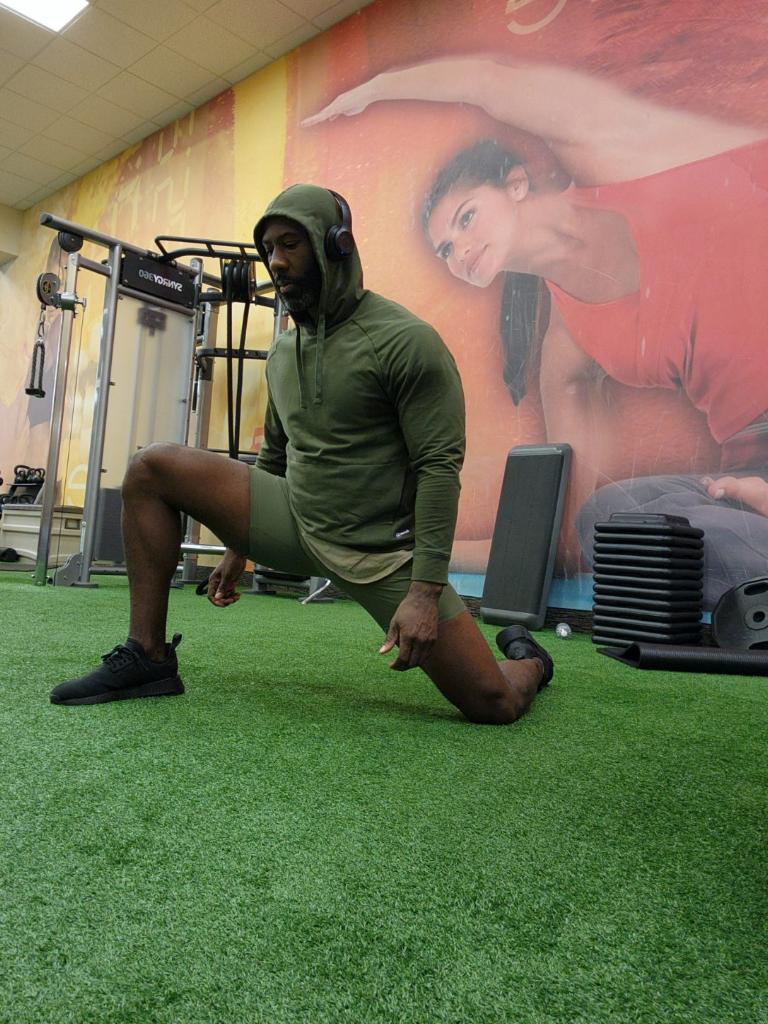
Techniques and Exercises for Improved Flexibility, Injury Prevention, and Athletic Performance
Mobility training is a crucial component of a well-rounded fitness routine. It improves flexibility, prevents injuries, and enhances athletic performance. By incorporating various techniques and exercises, individuals can achieve a better range of motion, increased strength, and overall functional movement.
In this article, we will discuss the importance of mobility training and provide some effective exercises and techniques to incorporate into your workout routine.
The Importance of Mobility Training
- Improved Flexibility: Mobility training focuses on increasing the range of motion around the joints, which in turn leads to improved flexibility. A good level of flexibility is essential for maintaining proper form and alignment during exercise, reducing the risk of injury, and enhancing overall movement quality
- Injury Prevention: By improving flexibility and joint stability, mobility training can help reduce the risk of injuries, particularly those associated with repetitive strain or improper movement patterns (Behm et al., 2016). Regular mobility work also aids in muscle recovery and prevents the development of muscle imbalances, further contributing to injury prevention.
- Enhanced Athletic Performance: Greater mobility allows for more efficient movement patterns and increased power output, both of which can improve athletic performance across various disciplines (Somerset, 2013). For example, better hip and ankle mobility can lead to a more effective squat, while improved shoulder mobility can enhance performance in overhead movements such as the snatch or overhead press.
Techniques and Exercises for Improved Mobility
- Dynamic Stretching. Dynamic stretching involves active movement through a full range of motion to increase joint flexibility and prepare the body for exercise. Examples of dynamic stretches include leg swings, arm circles, and hip circles. These exercises should be performed before a workout to help increase blood flow and warm up the muscles.
- Foam Rolling. Also known as self-myofascial release, foam rolling involves using a foam roller or other tools to apply pressure to tight muscles and fascia, helping to release tension and improve mobility. Foam rolling can be performed before or after a workout as a part of a warm-up or cool-down routine.
- Static Stretching: Static stretching involves holding a stretch for an extended period (typically 15-60 seconds) to increase muscle length and flexibility. Static stretching is most effective when performed after a workout, as it can help improve flexibility and promote muscle recovery.
- Yoga and Pilates: Both yoga and Pilates incorporate a variety of poses and movements that focus on increasing flexibility, mobility, and core strength. Incorporating these practices into your fitness routine can provide a well-rounded approach to mobility training.
Sample Mobility Exercises
- Hip Flexor Stretch. In a lunge position, tuck the pelvis under and gently push the hips forward until a stretch is felt in the front of the hip. Hold for 30 seconds and repeat on the other side.
- Ankle Mobility Drill. Stand facing a wall with one foot a few inches away from the wall.
Keeping the heel on the ground, try to touch the knee to the wall without lifting the heel.
Repeat for 10-15 reps on each side. - Thoracic Spine Extension. Sit on your heels and place your hands on a foam roller or a raised surface in front of you. Keeping your arms straight, slowly lower your chest towards the ground, focusing on extending the thoracic spine. Hold for a few seconds, then return to the starting position. Repeat for 10-15 reps.
- Shoulder Dislocates. Using a resistance band or a long stick, grasp it with an overhand grip slightly wider than shoulder-width. Keeping your arms straight, slowly raise the band or stick overhead and lower it behind your back. Reverse the motion to bring it back to the starting position. Perform 10-15 repetitions, gradually narrowing your grip as your shoulder mobility improves.
- Pigeon Stretch. Begin in a plank position and bring your right knee towards your right hand, placing your right foot near your left hand. Lower your hips towards the ground, keeping your back leg straight. Hold for 30 seconds, then switch sides.
- Hamstring Stretch. Sit on the ground with one leg extended and the other bent, with the foot of the bent leg resting against the inner thigh of the extended leg. Reach forward towards the toes of the extended leg, maintaining a straight back. Hold for 30 seconds, then switch sides.
Incorporating Mobility Training into Your Routine
To effectively improve your mobility, aim to include mobility exercises in your fitness routine at least 2-3 times per week. Focus on areas that feel particularly tight or restricted and prioritize proper form and technique to ensure the best results. By consistently dedicating time to mobility training, you can enjoy the benefits of improved flexibility, injury prevention, and enhanced athletic performance.
TrueFitPhysiques Training, Jacksonville Personal Training



